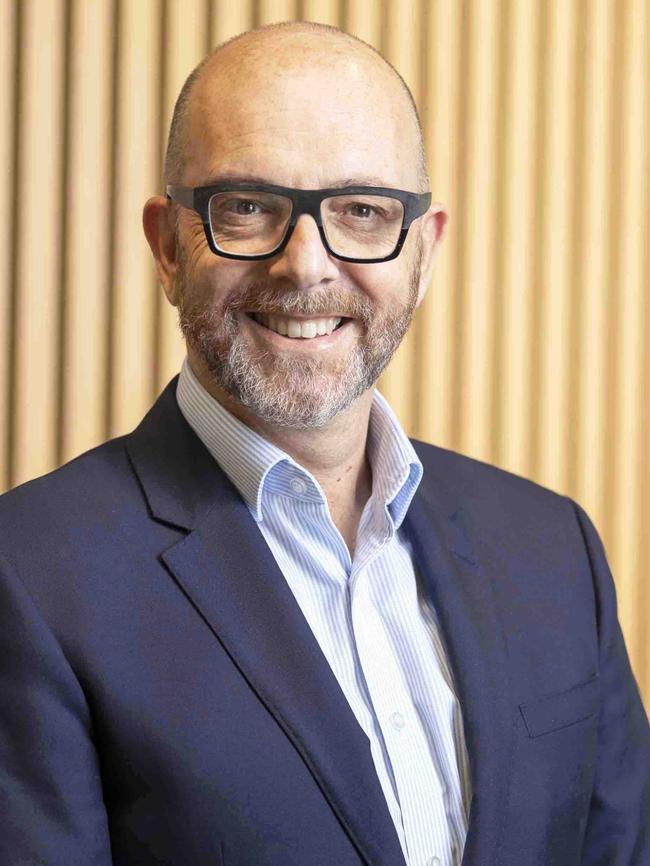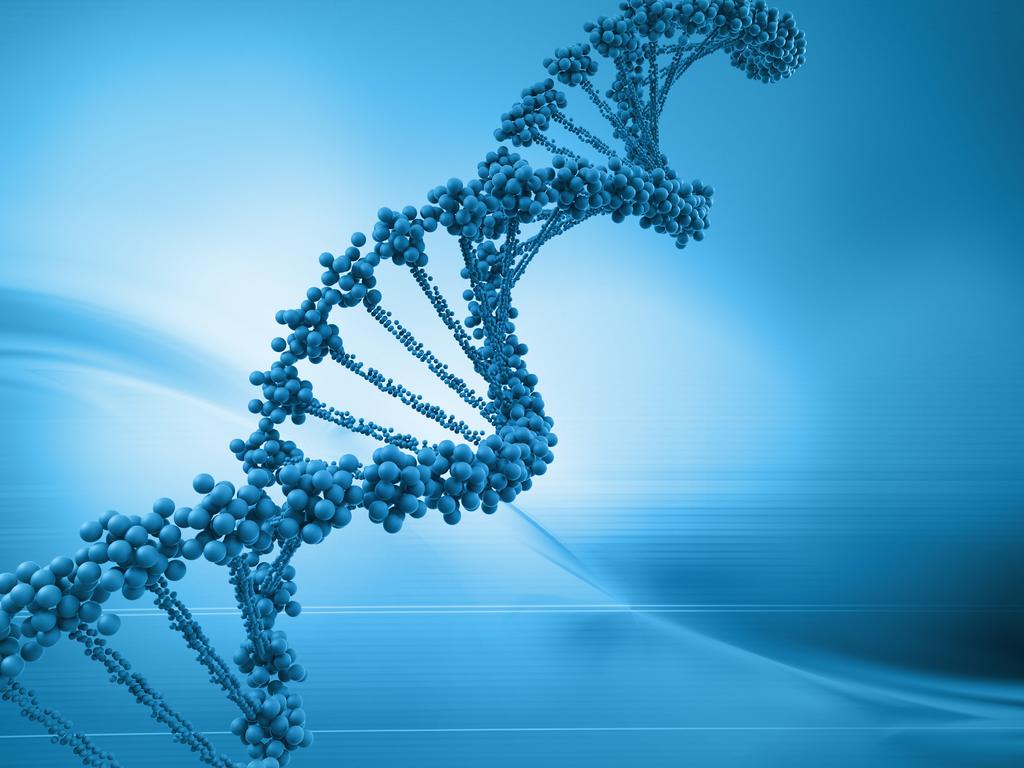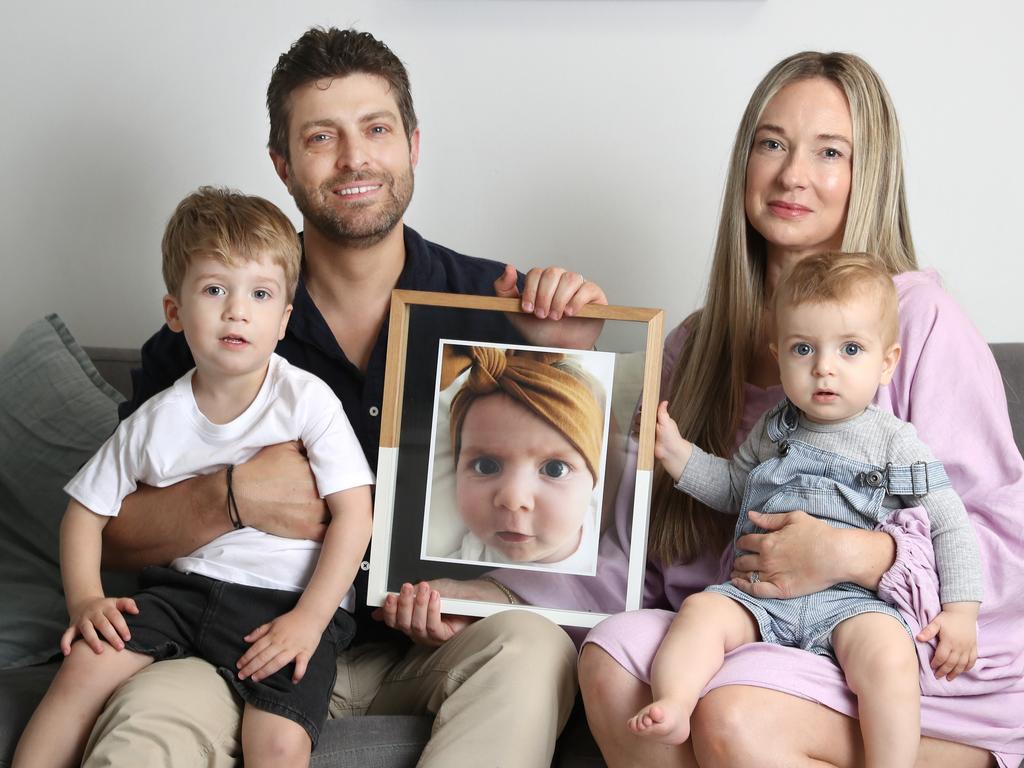Hope at last: for Heath and friends, cystic fibrosis subsidy is a lifeline to a future
Experts have forecast a fundamental shift in the treatment of cystic fibrosis after a new medication was bankrolled by the government.

For four-year-old Heath Hayes, the chances of attending school or living a full life were uncertain.
With a recent government subsidy applied to a groundbreaking treatment, however, Heath and 300 other children with cystic fibrosis – as well as their families – have a new lease on life.
Known as the invisible condition because of its unobservable effects, cystic fibrosis is a heritable and often fatal genetic disorder.
Heath has been living with it since birth, spending more than 70 days in hospitals and enduring chronic effects throughout.
The medication trikafta, newly listed to the Pharmaceutical Benefits Scheme, improves the flow of chloride and water through the bodies of patients with cystic fibrosis, soothing the cell linings of lungs and other organs that are affected.
“All we ever wanted was hope. That’s all we needed, and that’s what trikafta is for us, it is hope,” said Heath’s mother, Ashley Hayes. “It’s dramatically changing how we view the future. I think it’s the first real time where we can breathe easy and look forward without that kind of dark fear of cystic fibrosis.
“Purely the life expectancy going up is such a huge peace. He will live a longer, normal life and when you’re a new parent and your child’s life expectancy is potentially under 40, it’s a huge difference.”
Trikafta previously set families back $250,000 a year; now it can be accessed for $31.60 a prescription. However, it is still not universally available, given its PBS recommendation extends only to those with specific genetic mutations aged two and over: 10 per cent of cystic fibrosis patients cannot access trikafta or equivalent medication through the PBS.
Heath’s experience with cystic fibrosis has inspired him to become a doctor when he is older, modelling himself on his paediatrician, Adam Jaffe, a UNSW specialist in cystic fibrosis.

“This has completely changed the way that we look after our kids with cystic fibrosis. We used to have many children in hospital … and now our wards are actually empty,” Professor Jaffe said.
“It’s a bit like how people talk about the HIV/AIDS model following the discovery of treatments. It’s shifted from an inpatient model to an outpatient model.
“Through my career, CF was very much a childhood disease. Now, if you actually look at the distribution of people with it in Australia, 58 per cent are adults; it has just completely changed.”
Outcomes in adult cystic fibrosis patients have similarly improved, with fewer health complications and a rise in fertility facilitating twice as many pregnancies in women with CF.
The rate of lung transplants has similarly declined.
“One person I’ve looked after, at the age of 12, we were planning her funeral,” Professor Jaffe said.
“This is before trikafta came on the PBS, but I was able to get some compassionate access. Within four days, her lung function went from 25 per cent to 50 per cent.
“Our tears of sadness turned into tears of joy.”
Cystic fibrosis affects some 3730 people in Australia. It causes a malfunction in the body’s exocrine system that inhibits the production of saliva, sweat, tears, and mucus. It leaves patients prone to short breath and lung infections.







To join the conversation, please log in. Don't have an account? Register
Join the conversation, you are commenting as Logout